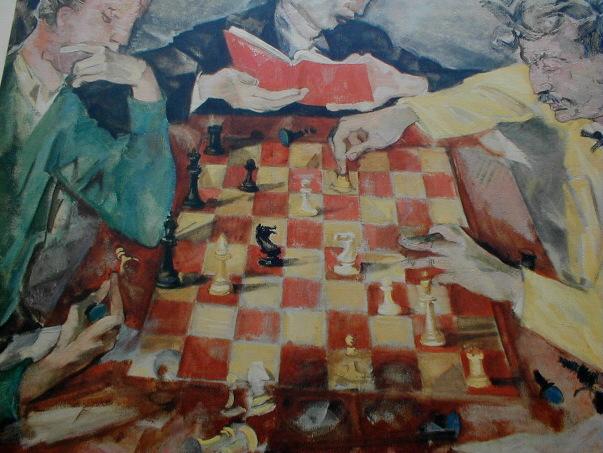classification of chess problems

CT-ART problems are classified two ways: Tactical Methods and Combinational Motifs . There is a dewey decimal type system that divides these into various themes. When one solves the problems by levels, each level is presented by combinational motifs. This pattern is easily discerned once you done a few levels, first comes Knight Forks, then Files (problems you take advantage of that pieces are on the same file, about 2/3 of the way there are Stalemate problems,Pawn promotions etc......... If you own the book Combinational Motifs by Maxim Blokh who compiled the collection of these problems,all the problems are presented by combinational motifs The first 84 problems are Knight forks divided by subclassification Knight forks removal of protection the knight fork decoys. Each subcategory presented in increasing difficulty.
So what exactly is the difference between Combinational Motifs and Tactical Methods?
Blokh writes in the preface of his book "This book is dedicated to a detailed classification by Combinational Motifs -tactical weaknesses in ones position,particular features of piece placement and co-opperation that offer an opportunity to find and to perform a combination. I think there is a benefit to studying an entire classification at one time. ie: doing all the Explotation of a Pin Problems of the various levels to reinforce that theme. Hopefully there is a benefit being to quickly identify that a tactic exists and where the weakness lies in a position.
Blokh published an earlier book entitled The Art of Combination which had many if not all the exact same problems. This was classified by Tactical Method. There was a chapter on Distraction as well as Decoy problems. Distraction and Decoy sound pretty much the same but the finer distinction appears to be in Decoy the opponents piece or King is lured away and captures material then this piece is involved in your tactic
be it checkmate or capture. Distraction the piece is moved so you can attack something else.
I am hoping that learning about the classifications and understanding them will help me improve tactically. Uncertain as to the value but I enjoy doing it. Interesting if others feel if there is value or if it is a waste of time and why. Does anyone know if these classification system was invented by Blokh or if it came from the Soviet School of Chess?


5 Comments:
At 4:17 AM, Anonymous said…
Anonymous said…
George Renko tried to do the same. It is very difficult to develop a system that is consistent and without ambiguity. Although it is very interesting and instructive, I think it's a waste of time from a chess-improvement point of view.
(At least I tried it and it didn't help me, it's great fun, though)
At 12:07 PM, Loomis said…
Loomis said…
It seems logical to a point. If you want to teach someone how to solve difficult knight fork problems you show some simple ones and gradually work your way up keeping the knight fork ideas fresh in their mind as the positions become more complicated. And you don't throw in pins and skewers on the way, they'll just distract the learning process.
However, if you want to teach someone how to discern which type of tactic is available in each position, you have to train them by mixing up the motifs and making them find the right one without prior knowledge.
It's just a matter of trying to teach two different things, one method works for one, another method for the other.
At 2:07 PM, Anonymous said…
Anonymous said…
When I go through tactics excercises, I like to mix it up anyway. The mental whiplash of going back and forth between different types of problems us half the fun. If you know you're studying knight forks, and there's only 4 knights on the board, it isn't that difficult to figure out which pieces the action is going to center around :)
At 5:03 PM, Anonymous said…
Anonymous said…
a No chess study is a waste of time. Ct Art is no exception. The single most important reason class players lose, especially games that were won, is that they fail to take into account the tactics in the position. Ct Art trains one to foresee and see tactics. In tournament chess, it is not enough to see tactics, but one must see them quickly. Ct Art helps one to learn how to do that. Also I think that it is more helpful for a beginner to learn one tactic and master it and then learn another and only mix them when he has learned all tactical themes, which are limited. My last comment: grandmasters differ on the definition of combination. As used in Ct Art, he means tactics to be tactical themes and combinations a combining of numerous tactical ideas. In fact some things which he says are combinations would lie on the gray area between combinations and tactics. But closer to simple tactical ideas. Combinations are usually complex, hidden, and even novel ideas. As one master said , strategy is the proving of accepted positional ideas and combinations the refutation of incorrect positional ideas.
At 2:05 PM, Pendrax said…
Pendrax said…
Congrats on being mentioned in the About:Chess article on chess blogs!
Post a Comment
<< Home